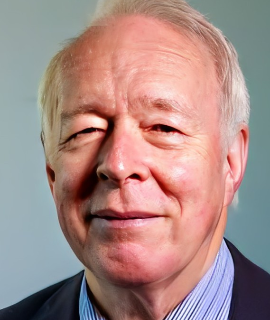Nanodentistry
Nano dentistry is a relatively new field of dentistry which utilizes nanotechnology to improve the diagnosis, treatment and prevention of dental diseases. Nanodentistry involves the use of nanomaterials, such as nanofibers, nanoparticles, nanoshells and nanotubes, to create new tools and technologies for the advancement of dental health. Nanomaterials are very small particles that measure between 1 and 100 nanometers (one billionth of a meter). These materials possess unique physical and chemical properties that make them particularly useful in dental applications. Nanodentistry has the potential to revolutionize how dental care is delivered. For example, nanomaterials can be used to create custom-made dental implants, bridges, crowns and dentures that are more durable and lifelike than traditional methods. Nanomaterials can also be used to detect and monitor oral diseases, such as caries and periodontal disease, at an earlier stage than is currently possible. This early detection can help prevent or delay the progression of the disease, resulting in better overall dental health. In addition, nanomaterials can be used to create new materials for dental fillings and sealants that are more durable and easier to apply than traditional materials. Nanodentistry can also be used to develop new methods for delivering drugs and medications to the mouth. For example, nanotechnology-based drug delivery systems can be used to target specific areas of the mouth, allowing for more precise and effective medication delivery. This type of targeted drug delivery can be used to treat a variety of oral health conditions, including periodontal disease, tooth decay, and gingivitis. Overall, nanodentistry has the potential to revolutionize the way dental care is delivered. With the use of nanotechnology, more precise and effective treatments can be developed, resulting in better overall dental health for patients. The use of nanomaterials for dental implants, fillings and sealants can also help make these procedures more durable and lifelike, resulting in a better quality of life for patients.

David Geoffrey Gillam
Queen Mary University of London, United Kingdom
Christopher Turner
Spacemark Dental, United Kingdom




Title : Evaluating hygienist follow up for head and neck oncology patients in secondary care: Results from a two cycle audit
Peter Basta, Newcastle Dental Hospital, United Kingdom
Title : Atypical facial pain unravelled
Christopher Turner, Spacemark Dental, United Kingdom
Title : New treatment of temporomandibular disorder through muscle balance and muscle regeneration by activation of quiescent muscle stem cells( satellite cells) with mitochondrial dynamics
Ki Ji Lee, National Reserach Foundation & Busan Medical University, Korea, Republic of
Title : MRONJ and ORN: Referral or management in primary care? Navigating guidelines in the context of long waiting lists
Alisha Sagar, NHS England, United Kingdom
Title : Managing the unexpected: An Insight into supernumerary teeth
Bahar Gharooni Dowrani, Guy's and St Thomas' NHS Foundation Trust, United Kingdom
Title : Laxative prescribing for post operative head and neck cancer patients at Derriford Hospital
Pui Sze Kylie Li, Cardiff and Vale University Health Board, United Kingdom